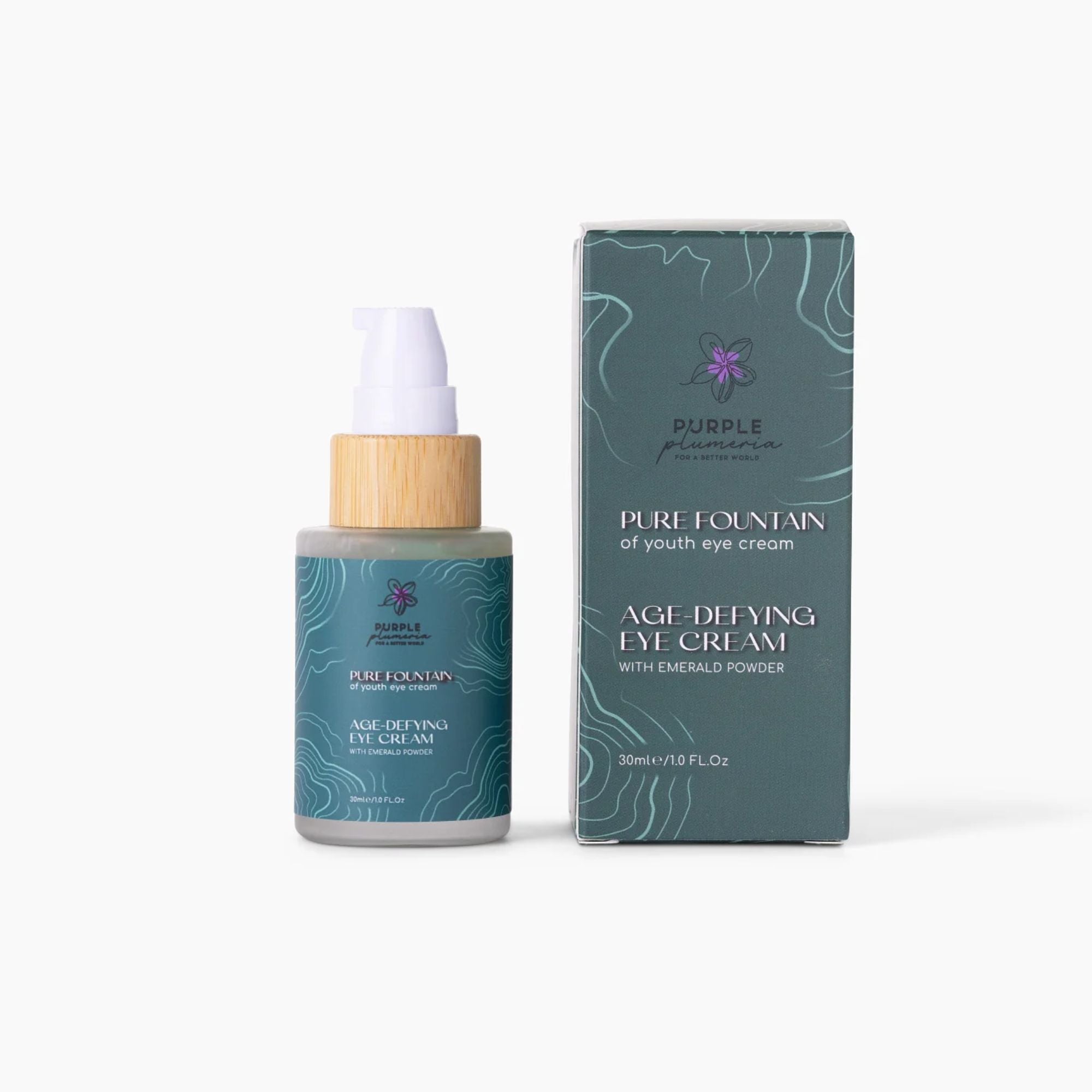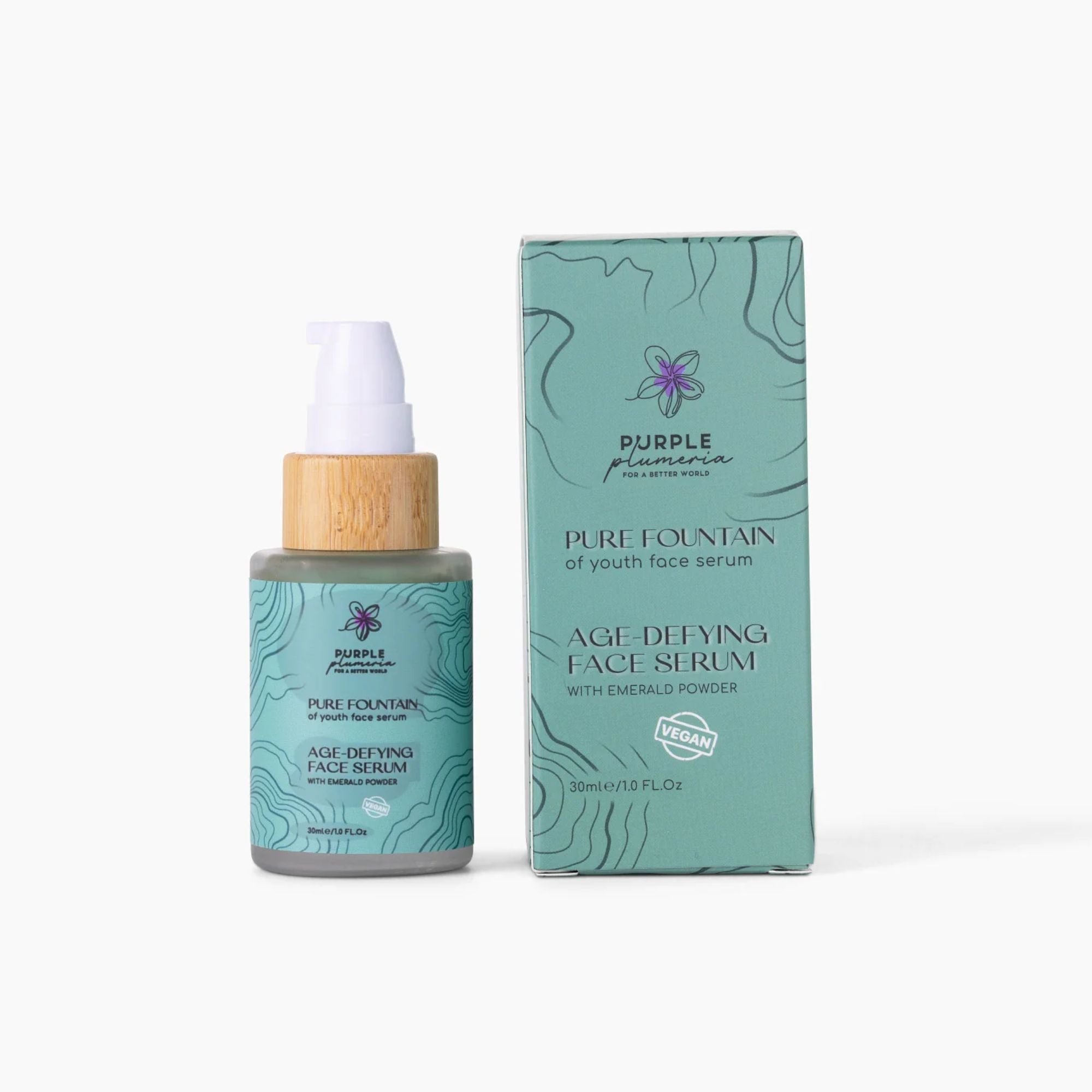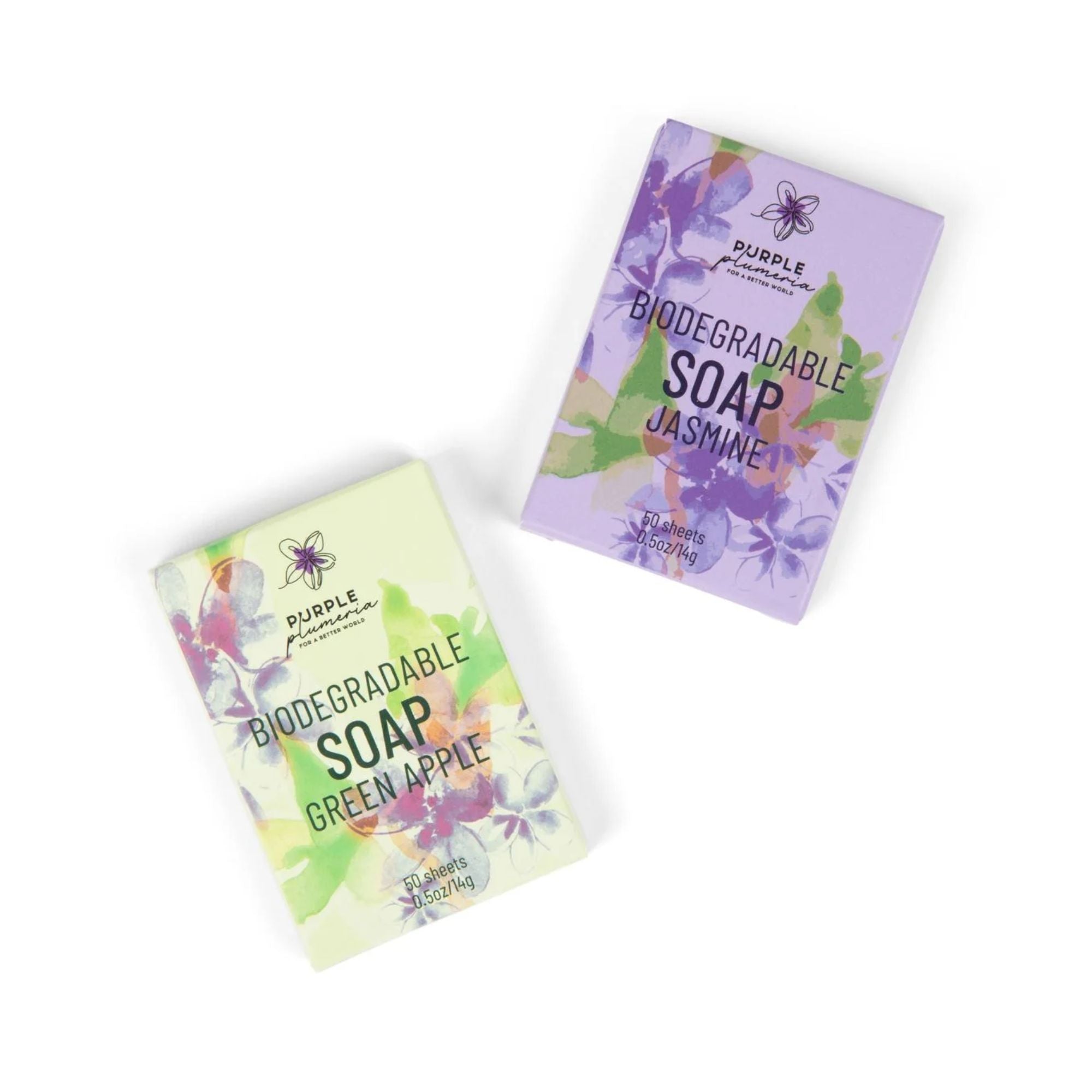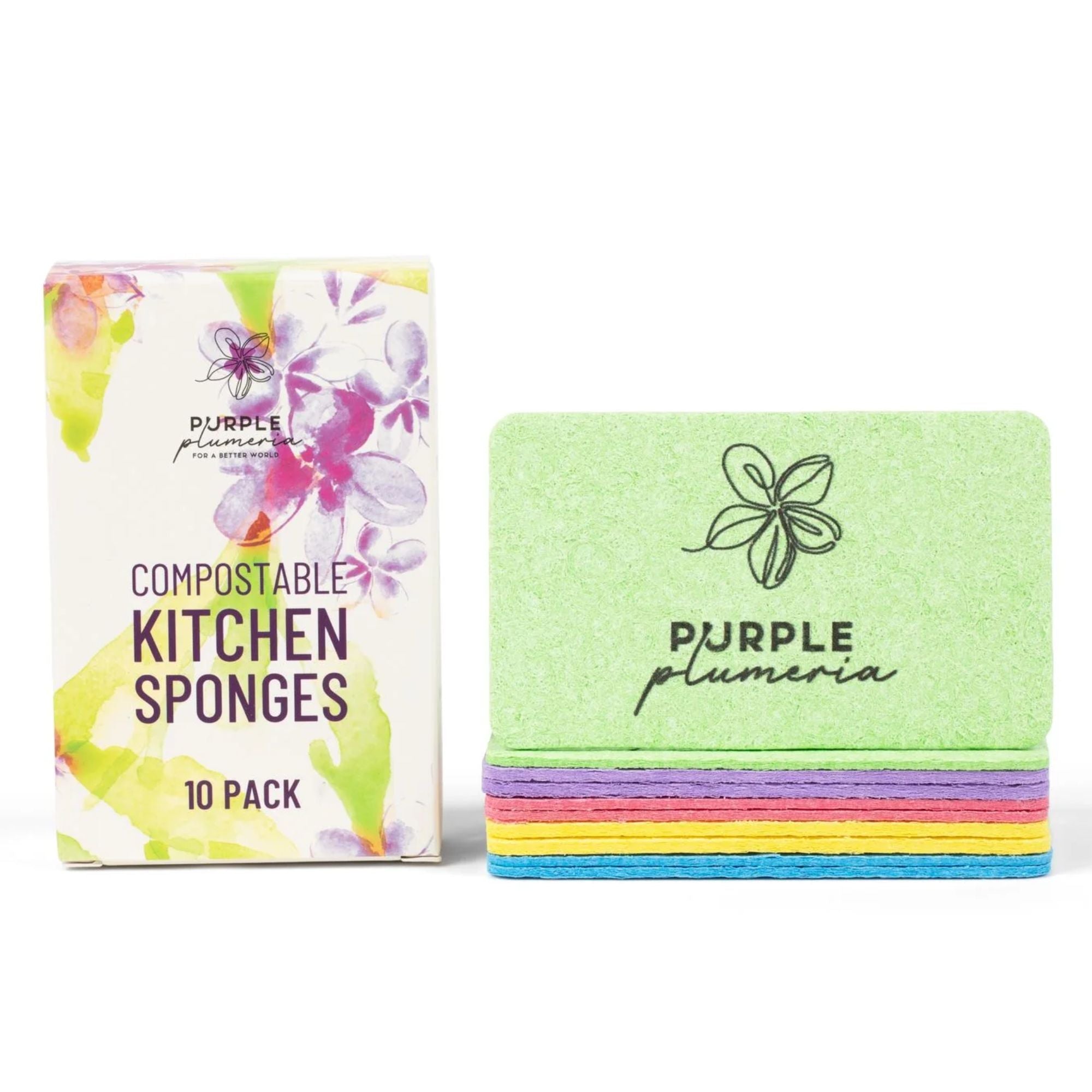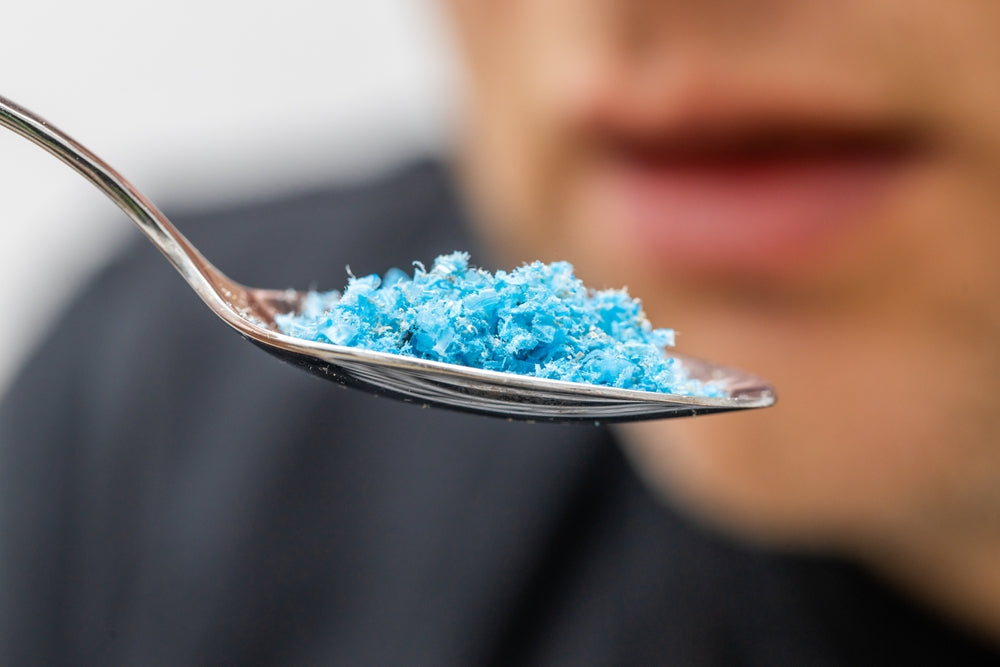Microplastics are everywhere—in the food we eat, the water we drink, and even the air we breathe. These tiny plastic particles pose potential health risks, from inflammation to hormonal disruption, making it essential to limit our exposure.
So, how do you protect yourself and your family? While you can never completely avoid it, you can significantly minimize your exposure by adopting small, impactful lifestyle changes.
In this guide, we’ll share eight actionable ways to reduce microplastic intake and live a healthier, more sustainable life.
1. Choose Safer Food Storage Options
Plastic containers are among the sneakiest sources of microplastics in our diets. When food is stored in plastic or heated in the microwave, harmful particles can leach into the food.
Switch to safer alternatives like glass, stainless steel, silicone containers, or plant-based materials. These materials are durable, reusable, and free from harmful chemicals. For example, if you pack lunch or store leftovers, prioritize glass jars or compostable resealable bags.
What’s also great is that these options are better for your health and kinder to the planet.
2. Filter Your Drinking Water
Microplastics have been detected in tap and bottled water, so investing in a quality water filtration system is crucial. Filters like reverse osmosis or activated carbon systems can effectively remove these particles, giving you safer drinking water.

Remember to clean and replace filters regularly to ensure they function effectively. Also, bottled water should be avoided altogether; it contributes to pollution and often contains microplastics from packaging.
Instead, refill a stainless steel or glass bottle with filtered water to stay hydrated without guilt or fear.
3. Eat Less Processed and Packaged Food
Packaged foods often come with a side of plastic contamination, thanks to the materials used in their wrapping. The solution? Opt for fresh, whole foods whenever possible. They are more nutritious and come without the hidden dose of microplastics.
Visit farmers' markets or local grocers to find unwrapped produce. Bring your reusable produce bags to reduce waste further.
Cooking from scratch also allows you to control what goes into your meals. There are no unnecessary chemicals, additives, or plastics, whether from packaging or cooking utensils often used in fast-food restaurants.
4. Opt for Natural Fabrics and Reduce Synthetic Clothing Use
Your wardrobe can be a surprising source of microplastics. Synthetic fabrics like polyester and nylon shed tiny fibers every time they’re washed, releasing microplastics into the water supply. Instead, shift towards natural materials like organic cotton, hemp, or wool.
When washing synthetic garments, use a microfiber-catching laundry bag or install a filter on your washing machine to trap the fibers.
Small changes like these help protect the environment while reducing exposure, making them a win-win situation for everyone.
5. Be Mindful of Seafood Consumption
Unfortunately, the ocean is a hotspot for microplastic pollution, and seafood often contains these particles. While you don’t have to cut seafood out entirely, be selective about what and how you usually consume it.
Look for sustainably sourced seafood and fish, paying attention to the fishing zones they come from, as some are more contaminated than others. Also, diversify your protein sources. Lentils, beans, and tofu are excellent plant-based alternatives that eliminate the risk of microplastic contamination.
Reducing seafood consumption safeguards your health and lessens the demand for overfished and polluted waters.
6. Avoid Single-Use Plastics
Single-use plastics—water bottles, utensils, takeout containers—are everywhere and are major contributors to microplastic pollution. Eliminating these from your daily routine can significantly impact microplastic pollution.
Start by carrying a reusable water bottle or buy silicon cups. Swap disposable sponges for compostable dish sponges, which work just as well without adding to the plastic problem.
7. Improve Indoor Air Quality
Believe it or not, the air inside your home can be a source of microplastics. Tiny particles from synthetic furniture, fabrics, and dust can become airborne, which you then inhale. Not to mention the polluted air from the outside coming into your home whenever you open a window.
Combat this by regularly vacuuming with a vacuum equipped with a HEPA filter. To reduce airborne particles, add an air purifier to your living space.

Minimizing dust accumulation, ventilating your home, and choosing natural materials for furnishings all contribute to a cleaner, healthier environment.
8. Choose Microplastic-Free Personal Care Products
Many personal care products, like scrubs and deodorants, contain microplastics or synthetic polymers. These ingredients are harmful in more ways than one. Mainly, they are absorbed into your body and bloodstream, but they also wash into waterways, harming marine life.
To avoid this, switch to eco-friendly alternatives like plastic-free deodorants.
Look for biodegradable and cruelty-free personal care items that align with your health and environmental values. Read product labels carefully to avoid harmful ingredients and support brands committed to sustainability.
Conclusion
Reducing microplastic intake doesn’t require an overhaul of your entire lifestyle—just intentional, mindful choices.
By making these changes, like filtering your water, avoiding single-use plastics, and choosing microplastic-free products, you can significantly limit exposure while living healthier and protecting the planet.
Nothing is more significant than knowing good choices that ensure your health while keeping our environment cleaner for generations.
So start the change today and visit our website to check out top-quality eco-friendly products you can incorporate into your life right now!
